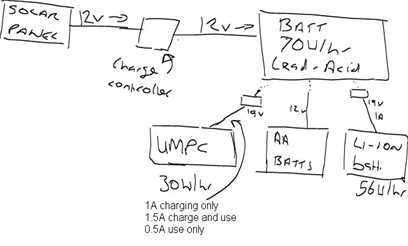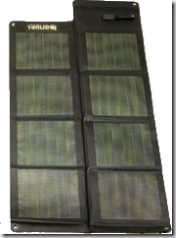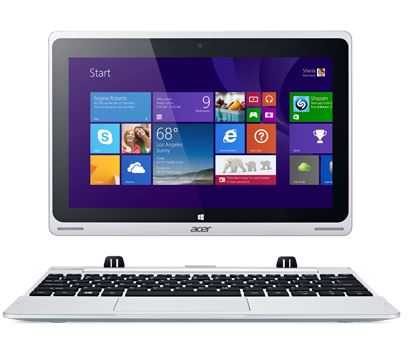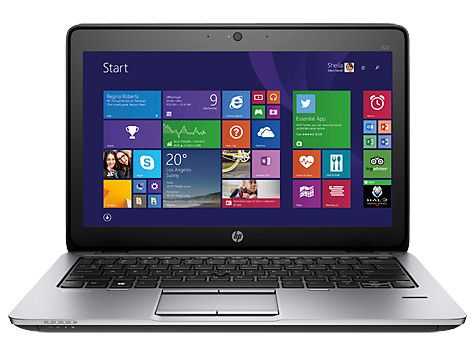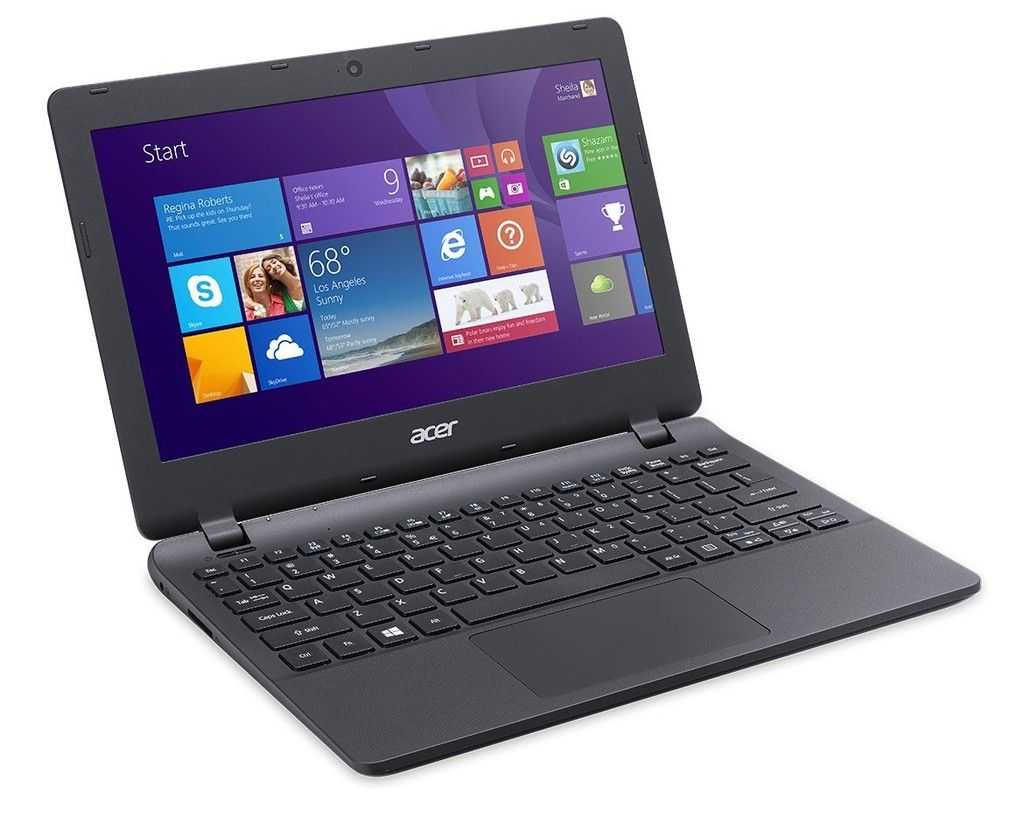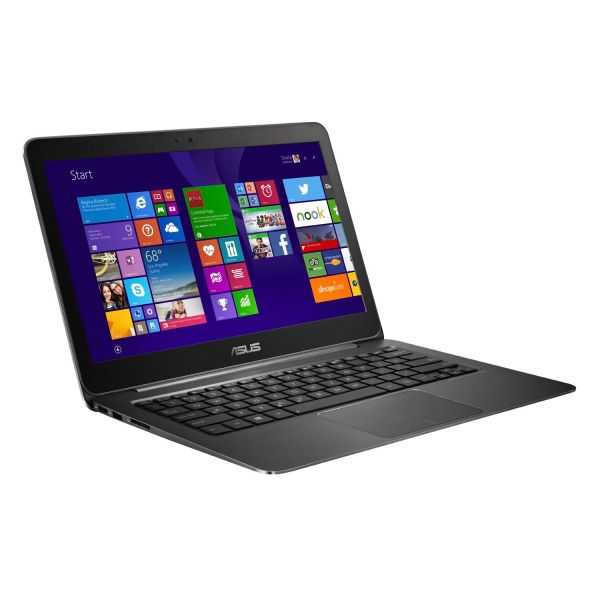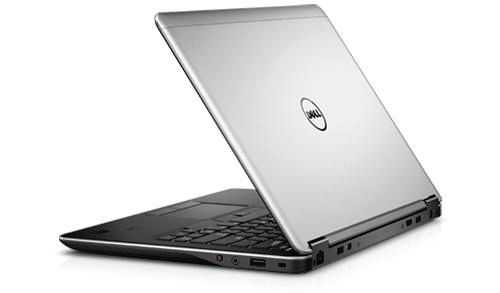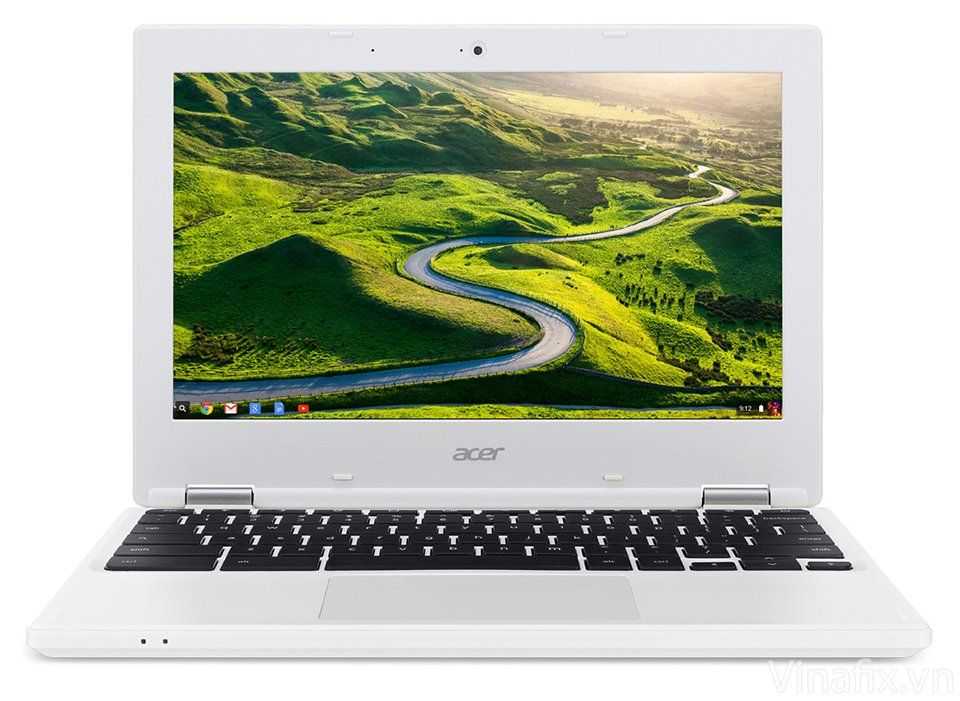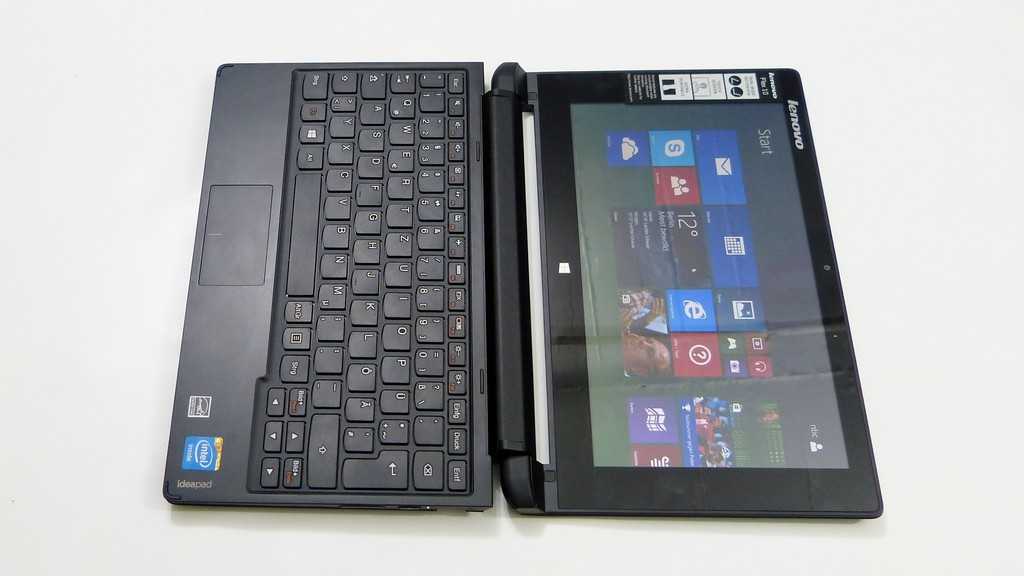Despite the terrible weather forecast (rain, clouds, heat, thunder) It’s time to finalize the pack-list and buy the last items, prepare the solar equipment (which should turn up today) and do some test loading and test cycling. Over the last weekend I fitted the baggage to the bike and loaded it up with random heavy items including the new tent, sleeping bag etc. There should be no problem with space or loading weight. I also tested out the tent and it seems OK although some dampness came through from the floor. Is that normal? I’m surprised.
I’ve written the pack-list in Google docs and shared it for everyone so you can always see the latest version. Its organized into sections. Feel free to take a copy for your own use.
I will go through it and weigh each section before I go and add that to the pack-list. Despite the sub 1kg PC, it won’t be a light load! Here’s the list of electronic equipment I’m taking.
12v AA battery charger,12v charger for Nokia phone,12V lead-acid battery (70W/hr),Adaptor cables and tips, Batteries 8xAA for camera, Batteries (2xAA for GPS), Camera case, Camera USB cable, DC-DC adaptor, Digital Camera + 2GB mini-SD card, GPS logger and holder, GPS serial cable and USB-serial adaptor, Li-ion battery (56W/hr), Mini battery tester, Multimeter (voltage, amps, sun, temp), N800 (spare web-access kit), Nokia headphones / adaptor. , Nokia phone (6280) + 2GB mini-SD card, Nokia USB cable, Passive USB mini-hub, Solar panel (25W) +cable kit, Spare mobile phone (voice only), Standard UMPC battery, Torch, Tripod, UMPC (Samsung Q1b) + Extended battery, case + keyboard, USB LED Lamp.
Later today I should have more details about the solar panel/battery to post. Pictures too.


